
China Through American Eyes
Early Depictions of the Chinese People and Culture in the US Print Media
- 552 pages
- English
- ePUB (mobile friendly)
- Available on iOS & Android
China Through American Eyes
Early Depictions of the Chinese People and Culture in the US Print Media
About This Book
Cultural understanding between the United States and China has been a long and complex process. The period from the mid-nineteenth century to the early twentieth century is not only a critical era in modern Chinese history, but also the peak time of illustrated news reporting in the United States. Besides images from newspapers and journals, this collection also contains pictures about China and the Chinese published in books, brochures, commercial advertisements, campaign posters, postcards, etc. Together, they have documented colourful portrayals of the Chinese and their culture by the U.S. print media and their evolution from ethnic curiosity, stereotyping, and racial prejudice to social awareness, reluctant understanding, and eventual acceptance. Since these publications represent different positions in American politics, they can help contemporary readers develop a more comprehensive understanding of major events in modern American and Chinese histories, such as the cause and effect of the Chinese Exclusion Act and the power struggles behind the development of the Open Door Policy at the turn of the twentieth century. This collection of images has essentially formed a rich visual resource that is both diverse and intriguing; and as primary source documents, they carry significant historical and cultural values that could stimulate further academic research.
Contents:
- The State Affairs of the Celestial Empire in the late Nineteenth Century
- The Spectacular Geography of the Chinese Empire
- The Economic, Social, and Cultural Lives of the Late Qing Dynasty
- Life and Struggles of the Chinese in the New Continent
- The Chinese Question in American Politics
- The Chronology of Modern Chinese and American Histories, and Major Events in Chinese Immigration and Sino–US Relations
Readership: General readers interested in Chinese culture and Chinese people.Keywords:Chinese People and Culture;American Perceptions;China;United States;Sino–US Relations;Nineteenth Century;Immigrants;The Chinese Exclusion Act;Engravings;Illustrations;Newspapers and MagazinesReview: Key Features:
- Nearly one thousand historical images of Chinese and their culture are presented in this book
- Rich primary source documents of American perception of the Chinese and their culture
Frequently asked questions
Information
Chapter 1
The State Affairs of the Celestial Empire in the Late 19th Century
1.1China and the World in a Turbulent Era
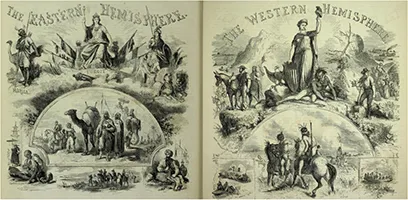
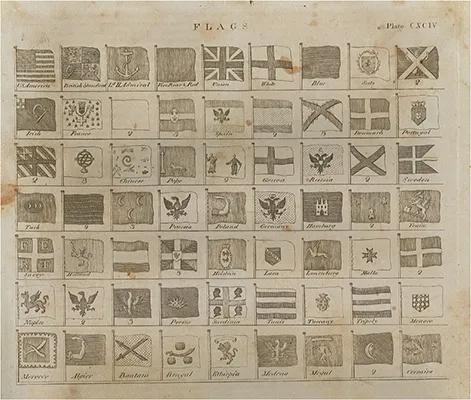

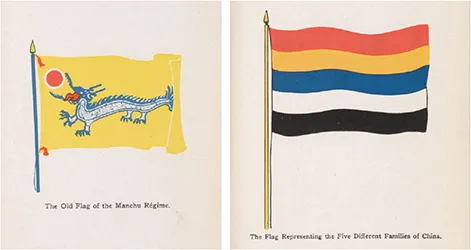


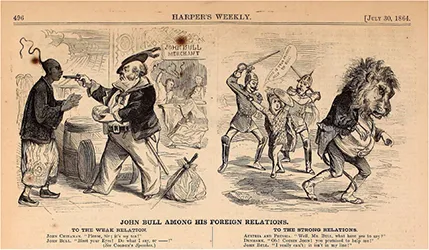
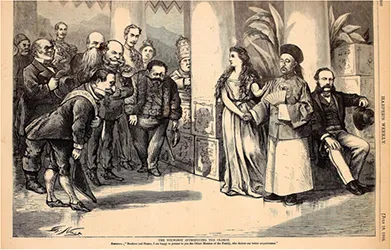
Table of contents
- Cover
- Halftitle
- Title
- Copyright
- Dedication
- About the Author
- Acknowledgments
- Contents
- Introduction: Illustrations of Chinese Culture and Outlines of the Chinese Question in American Newspapers and Magazines
- Chapter 1 The State Affairs of the Celestial Empire in the Late 19th Century
- Chapter 2 Spectacular Geography of the Chinese Empire
- Chapter 3 Economic, Social, and Cultural Lives of the Late Qing Dynasty
- Chapter 4 Life and Struggles of the Chinese on the New Continent
- Chapter 5 The Chinese Question in American Politics
- The Chronology of Modern Chinese and American Histories and Major Events in Chinese Immigration and Sino-US Relations
- Bibliography
- Index